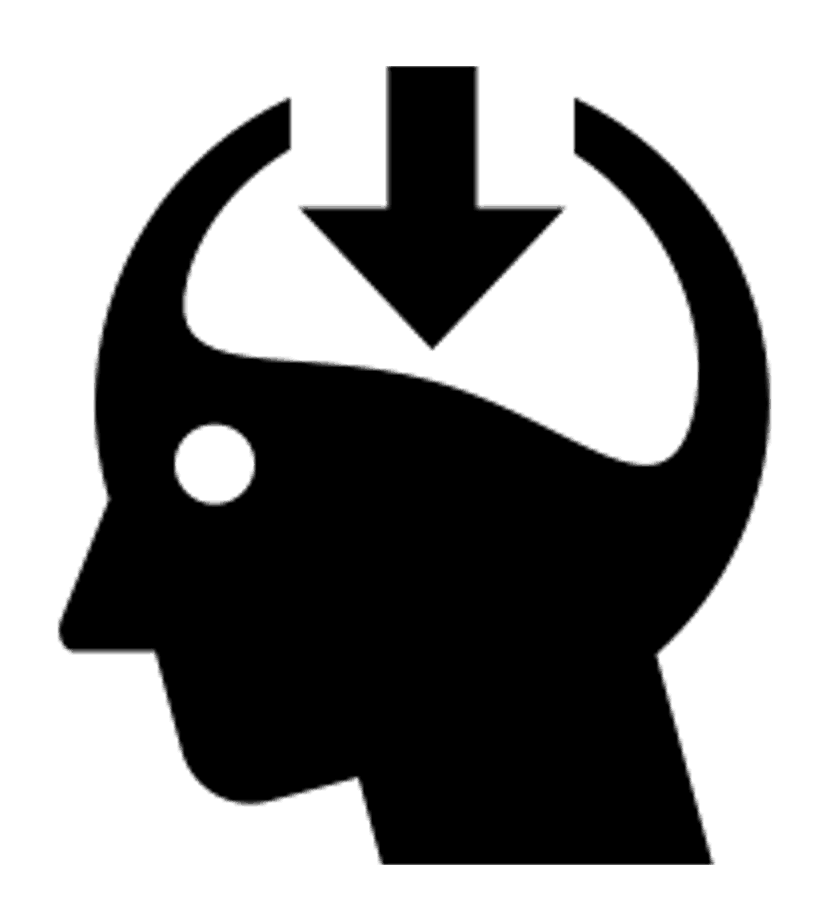12 techniques used to value intangible assets:
- Relative value
Bob Buckman (Buckman Laboratories) and Leif
Edvinsson (Skandia Insurance) are proponents of this approach, in which progress, not a
quantitative target, is the ultimate goal. Example: have 80% of employees involved with
the customer in some meaningful way.
- Balanced scorecard.
Supplements traditional financial
measures with three additional perspectives -- customers, internal business processes, and
learning/growth. Originated with a couple of Harvard Business School professors, used by
Skandia.
- Competency models
. By observing and classifying the
behaviors of "successful" employees ("competency models") and
calculating the market value of their output, it's possible to assign a dollar value to
the intellectual capital they create and use in their work.
- Subsystem performance.
Sometimes it's relatively easy to
quantify success or progress in one intellectual capital component. For example, Dow
Chemical was able to measure an increase in licensing revenues from better control of its
patent assets.
- Benchmarking
. Involves identifying companies that are
recognized leaders in leveraging their intellectual assets, determining how well they
score on relevant criteria, and then comparing your own company's performance against that
of the leaders. Example of a relevant criterion: leaders systematically identify knowledge
gaps and use well-defined processes to close them.
- Business worth
. This approach centers on three questions.
What would happen if the information we now use disappeared altogether? What would happen
if we doubled the amount of key information available? How does the value of this
information change after a day, a week, a year? Evaluation focuses on the cost of missing
or underutilizing a business opportunity, avoiding or minimizing a threat.
- Business process auditing.
Measures how information enhances
value in a given business process, such as accounting, production, marketing, or ordering.
- "Knowledge bank."
Treats capital spending as an
expense (instead of an asset) and treats a portion of salaries (normally 100% expense) as
an asset, since it creates future cash flows.
- Brand equity valuation.
Methodology that measures the
economic impact of a brand (or other intangible asset) on such things as pricing power,
distribution reach, ability to launch new products as "line extensions."
- "Calculated intangible value."
Compares a
company's return on assets (ROA) with a published average ROA for the industry.
- Microlending
. A new type of lending that substitutes
intangible "collateral" (peer group support, training, and the personal
qualities of entrepreneurs) for tangible assets. Primarily used to spur economic
development in poor areas.
- "Colorized" reporting.
Suggested by SEC
commissioner Steven Wallman, this method supplements traditional financial statements
(which give a "black and white" picture) with additional information (which add
"color"). Examples of "color" include Brand values, customer
satisfaction measures, value of a trained work force.
Source: Montague Institute
|
 Hari Srinivas - hsrinivas@gdrc.org
Hari Srinivas - hsrinivas@gdrc.org Hari Srinivas - hsrinivas@gdrc.org
Hari Srinivas - hsrinivas@gdrc.org